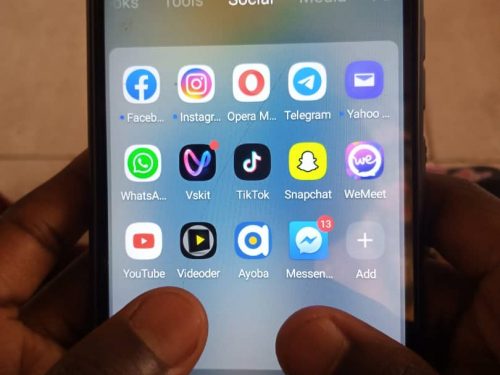Imagine the pain of pitching a story about a client’s news conference to journalists and they do not show up for the event!
This reminds of a workshop I attended at a certain hotel in Kampala. The event which was meant to start at 9:00 am was delayed simply because the invited journalists had not yet arrived to cover the opening remarks of the managing director and other important officials.
I remember watching how the Public Relations Office grew increasingly restless and frustrated as she tried to phone up the journalists. Feeling for her, I was thinking how she was going to explain this fiasco to her boss!
News conferences need plenty of pre-planning to be successful. Pitching a story to the media is a key public relations component. Yet it is also one of the toughest PR tasks.
The aim of the pitch is to capture attention and create awareness about your event so that the relevant media outlets show a willingness to cover it.
From my experience, here are some useful guidelines to help you get a journalist/editor or media outlet interested in your pitch and decide to cover the event;
Newsworthy
The fact that you are competing for limited broadcasting airtime and print space, your pitch must be newsworthy. It must make people pause to either read, watch or listen. For example, if you have developed a new product, that story is more relevant and interesting to journalists than the news of an old one unless of course the company has cut prices. Another thing; you ought to be up-to-date with current affairs while pitching a story to journalists. This is where relevance comes in. Due to the Covid-19 pandemic and the new standard operating procedures (SOPs), few editors would be interested in a pitch concerning the launch of say, a new beer brand. Officially, the bars are still closed!
News cycle
Media houses usually have morning meetings to plan for the day ahead that falls into specific deadlines.
Journalists are also expected to have news tips that can potentially turn into good stories. It is therefore advisable to pitch your story before the meeting starts, so that the editors have it on the assignment list and get someone to ‘follow-up’. That way, you will have planted a story in the journalist’s mind during a time when he or she might have been looking for one. In other words, have a few journalists on speed dial. You never know when it comes in useful.
As for deadlines, unless your event is graced by the president or some such VVIP, it is best to hold it in the morning and not the afternoon. This gives the journalists plenty of time to beat relevant deadlines. They can dash back do a well-thought out write-up or carefully edit the video clip so that the editor can line up the story for use. Journalists also have a chance to cross check with the relevant PRO when necessary.
The message
A media pitch must explain why the audience will be interested in your story.
Why it matters to their daily lives. A straight forward brief will get the attention of a journalist more than a detailed one, but offer to send additional information if the journalist remains skeptical.
Punctuation and grammar
Always check your grammar, spellings and punctuation before you send your pitch to a journalist/editor. A pitch filled with typos and grammatical errors is a red flag for ‘I don’t care less’. You will not be taken seriously.
Follow-ups
Journalists are always busy or like to give the impression that they are. All the same, do not patronize them or show irritation. If you get no response from an earlier email, don’t assume they saw it. Remind them with a friendly call, text or WhatsApp message about your pitch/event.
From the above it is clear that pitching is an essential part of public relations. This is how you get your company/client’s stories to appear in newspapers, radio, TV or online news websites. A successful media pitch helps businesses stay in the limelight and builds good relations with the media for future coverage.


